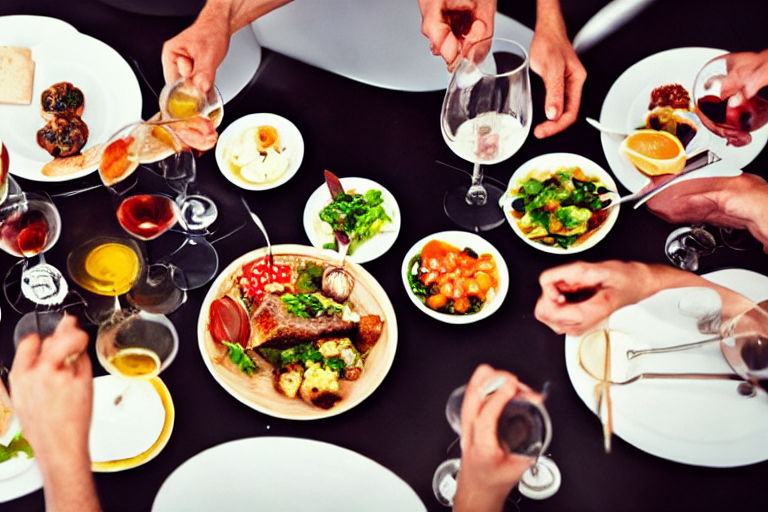Brewing with Belgian Yeast: Tips and Tricks from the Experts
Belgian yeast strains are some of the most distinctive and versatile yeast strains available to brewers. They are known for producing complex and unique flavors and aromas in a wide range of beer styles, including saisons, Belgian ales, and even IPAs.
If you're interested in brewing with Belgian yeast, check out these tips and tricks from the experts:
Start with the Right Yeast Strain
There are many different Belgian yeast strains available, each with its own unique characteristics. Some of the most popular strains include:
- Wyeast 3522 Belgian Ardennes: This strain is known for producing spicy, earthy, and slightly fruity flavors and aromas. It is a great choice for Belgian ales and saisons.
- White Labs WLP550 Belgian Ale: This strain produces complex and fruity aromas and flavors, with notes of plum and spice. It is well-suited to Belgian ales and strong ales.
- Wyeast 1388 Belgian Strong Ale: This strain produces a wide range of fruity and spicy flavors, including notes of pear and clove. It is a great choice for Belgian strong ales and trippels.
Before selecting a strain, consider the style of beer you want to brew and the specific flavor and aroma characteristics you're looking for.
Use a Fermentation Temperature Control System
Belgian yeast strains are known for their high levels of ester and phenol production, which can be influenced by fermentation temperature. To ensure that you get the desired flavor and aroma profile from your yeast strain, it is important to use a fermentation temperature control system.
Keeping your fermentation temperature within a specific range will help you to control the flavor characteristics of your beer. For most Belgian yeast strains, a temperature range of 68-72°F is ideal.
Incorporate Simple Sugars into Your Recipe
Belgian yeast strains are known for their ability to ferment simple sugars, which can help to boost the alcohol content and add complexity to your beer. Consider incorporating simple sugars like table sugar or honey into your recipe to create a drier, more complex finish.
Consider Bottle Conditioning
Bottle conditioning involves adding a small amount of sugar to your beer before bottling it, which allows the yeast to consume the sugar and produce carbon dioxide, resulting in a natural carbonation. Bottle conditioning your Belgian-style beer can help to enhance the complexity of the beer and create a smooth, creamy mouthfeel.
Conclusion
By following these tips and tricks, you can create unique and delicious beer styles using Belgian yeast strains. Before you get started, take some time to research the various strains available to you and consider the specific flavor characteristics you're looking for. With a little experimentation and practice, you'll be brewing with Belgian yeast like a pro in no time!



